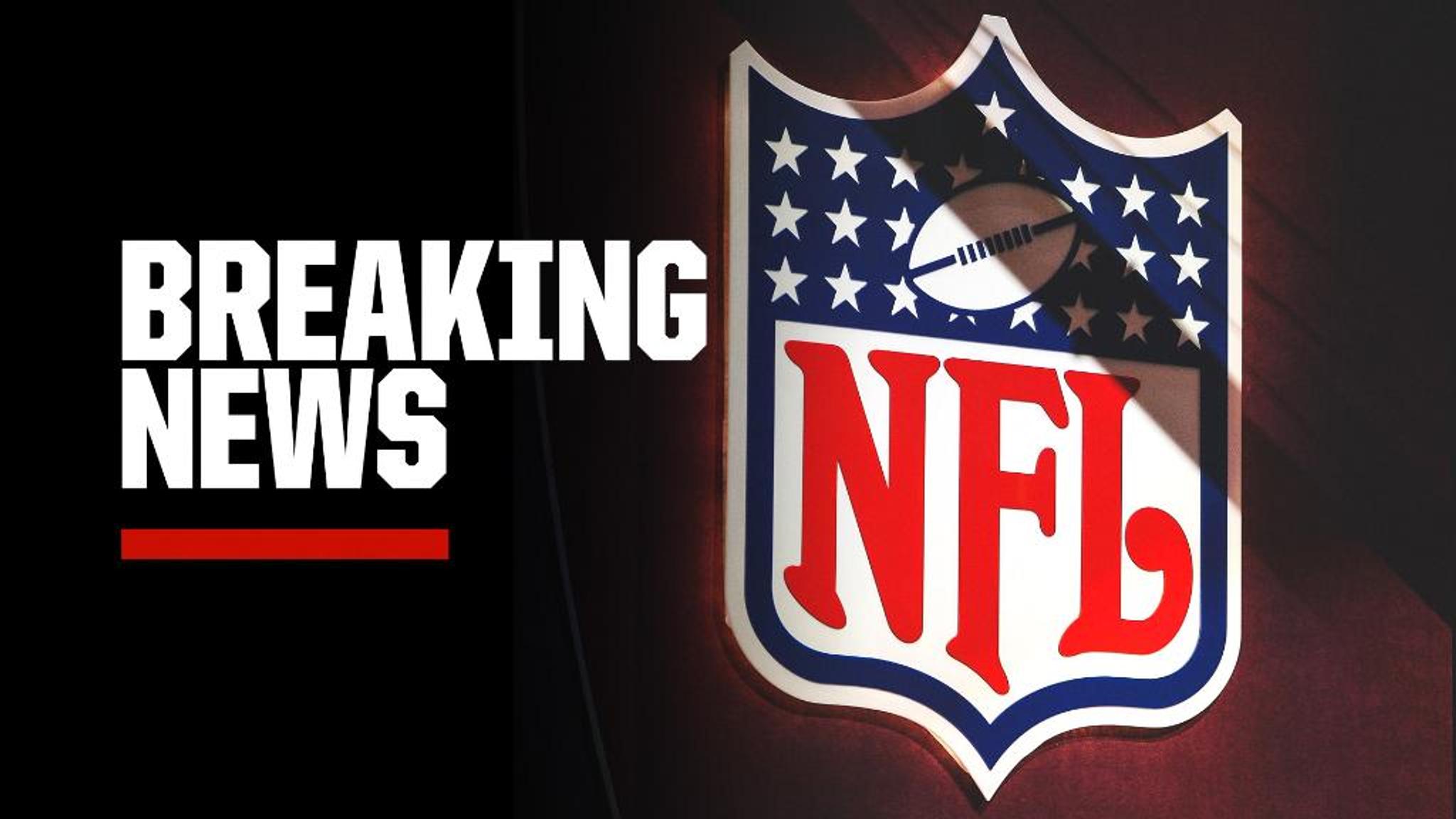Steam vs. Mirage: How to Tell Real Line Movement from Market Noise in 60 Seconds


James White
Co-Founder of HotTakes
The line just moved two full points in fifteen minutes. Your heart rate spikes. This could be it—the steam move that separates sharp money from public noise. Or it could be the trap that costs you your bankroll while you chase ghosts in the machine.
Every bettor has been there. You see dramatic line movement and think you've spotted the holy grail of betting intelligence. You jump on what looks like a steam move, only to watch the line drift back to where it started an hour later. Meanwhile, the real sharp money was moving a completely different game that barely shifted half a point, but moved with surgical precision that only the pros recognized.
Here's the brutal truth: 90% of what looks like meaningful line movement is just market noise. Random fluctuations. Public overreactions. Algorithmic adjustments. The kind of movement that gets casual bettors excited and costs them money.
But that other 10%? That's where professionals make their living. Real steam moves create the most reliable betting opportunities in sports. The problem is learning to tell the difference before the window closes.
The SHARP Method: 60-Second Steam Detection
Real steam moves don't announce themselves with neon signs. They're often subtle, swift, and over before casual bettors realize what happened. The SHARP method gives you a systematic way to evaluate any line movement in under a minute and determine whether you're looking at professional action or amateur noise.
S - Size and Speed (15 seconds)
The Key Question: How much movement happened how quickly, and does it match historical steam patterns?
Legitimate Steam Indicators:
1+ point movement in under 30 minutes (spread bets)
10+ cent movement in under 20 minutes (totals)
Movement that accelerates rather than decelerates
Consistent direction across multiple timeframes
Noise Warning Signs:
Gradual drift over hours without acceleration
Movement that stalls and reverses quickly
Tiny incremental changes (0.25 point movements)
Movement that mirrors public betting percentages
True steam often starts small and builds momentum. A game that moves from -3 to -3.5 in 10 minutes, then to -4.5 in the next 15 minutes, shows the signature acceleration pattern of professional money hitting multiple books simultaneously.
Speed matters more than size. A quick half-point move on significant volume often signals sharper action than a slow two-point drift over three hours.
H - Historical Context and Handicapping Logic (10 seconds)
The Key Question: Does this movement align with information that smart handicappers would act on?
Sharp Logic Patterns:
Movement against heavily bet public sides
Line shifts following injury/weather news (but before wide reporting)
Reverse line movement (line moves opposite to betting percentages)
Movement that aligns with advanced metrics contradicting public perception
Professional bettors react to meaningful information faster than the general public. When line movement follows the same timeline as news that actually affects game outcomes, you're more likely seeing legitimate steam. The key is developing systems to filter relevant information before it becomes common knowledge.
If you can't identify a logical reason why sharp money would suddenly favor one side, the movement is probably noise. Professional bettors don't make random decisions—they respond to specific edge opportunities.
A - Across-the-Board Consistency (10 seconds)
The Key Question: Is this movement happening consistently across multiple sportsbooks, or just isolated noise at one shop?
Multi-Book Steam Signals:
Same directional movement at 3+ major sportsbooks
Movement happening within minutes across different platforms
Similar line adjustments regardless of book's initial number
Consistent movement despite different vig structures
Legitimate steam creates arbitrage opportunities that get corrected quickly. If you can find significantly different lines on the same game across major books for more than 20-30 minutes, either the movement is noise or you've found a rare inefficiency worth exploiting.
This connects directly to understanding that following "sharp" money isn't actually sharp unless you can verify it's creating market-wide consensus. True professional action forces all books to adjust to avoid getting picked off.
R - Reverse Line Movement Detection (15 seconds)
The Key Question: Is the line moving against the betting percentages, indicating smart money on the less popular side?
Classic Reverse Line Movement:
70% of bets on one side, but line moves toward the other side
Public heavily backing favorites, but line drops
Underdogs getting more popular, but spread increases
High-profile teams drawing public money while line moves against them
The most reliable reverse line movement happens when bet count favors one side but the money (and line movement) goes the other way. This indicates larger, presumably smarter bets overruling smaller public action.
While casual bettors overthink obvious information, professionals act on subtle market inefficiencies by often betting against popular narratives that create reverse line movement opportunities.
P - Pattern Recognition and Professional Timing (10 seconds)
The Key Question: Does this movement match known patterns of professional betting behavior?
Sharp Money Timing Patterns:
Movement during low-volume periods (early morning, mid-week)
Action that comes in waves rather than steady streams
Movement that stops abruptly once optimal number is reached
Changes that happen before major news breaks publicly
Sharp action often concentrates in specific time windows: Sunday night through Tuesday morning for NFL, early mornings for all sports, and immediately following breaking news that hasn't reached mainstream coverage yet.
The professionals who understand that primetime games create specific value patterns don't just bet different sides. They bet at different times, creating recognizable movement patterns that separate steam from mirage.
The Four Types of Line Movement: Know What You're Seeing
Type 1: Legitimate Steam (The Holy Grail)
What It Looks Like: Bills open -6.5, move to -7.5 in 45 minutes across all major books, despite 67% of public bets being on the underdog.
How to Recognize:
Crosses key numbers quickly (3, 7, 10 in football)
Movement stops at mathematically logical points
Consistent across all major sportsbooks
Happens during low-volume betting periods
Your Action Plan:
Jump on immediately if you agree with the direction
Size your bet larger than normal because steam moves are rare and valuable
Monitor for continuation or reversal patterns
Type 2: Manufactured Movement (The Trap)
What It Looks Like: Lakers line moves from +4 to +2.5 over three hours, but betting percentages show 55% public money on Lakers throughout.
Your Response Strategy:
Generally fade this movement because it's often public overreaction
Look for contrarian opportunities on the other side
Wait for overcorrection that creates value
Sportsbooks sometimes move lines to balance action or manage risk, even without sharp money pressure. This creates movement that looks meaningful but doesn't indicate any genuine edge.
Type 3: Injury/News Reaction (Context-Dependent Value)
What It Looks Like: Nuggets line moves from -8.5 to -12 within two hours of Jokic being announced as probable instead of questionable.
Action Depends On:
Were you ahead of the news or behind it?
Is the market overreacting or underreacting to the information?
How efficiently has the market incorporated this new data?
This type of movement requires filtering news for actual betting relevance. Not all injury reports create equal betting impact, and timing your response matters as much as recognizing the opportunity.
Type 4: Algorithm and Balancing Adjustments (Ignore Completely)
What It Looks Like: Slow, steady line movement that doesn't correspond to any betting activity, news, or logical handicapping factors.
Modern sportsbooks use algorithms to automatically adjust lines based on various factors including competitor pricing and risk management. These adjustments create movement without meaning.
Common Steam Mirages That Fool Everyone
The Social Media Mirage
What It Looks Like: Line movement that perfectly coincides with viral sports content, trending hashtags, or major media coverage.
Why It's Dangerous: Creates the illusion of informed money when it's actually just coordinated public reaction to widely available information.
Every time a highlight goes viral on social media, casual bettors pile on that player's props or team spread. The resulting line movement looks significant but represents collective amateur action, not professional intelligence.
The Revenge Game Trap
The Setup: Lines move dramatically on games with obvious narrative angles like former player returns, playoff rematches, or coaching revenge spots.
Professional bettors often bet against obvious narratives because they create public overreactions that inflate lines beyond mathematical value. This reflects the same psychological traps that cause confidence to cascade into poor decision-making. Emotional storylines feel meaningful but don't translate to predictive edge.
The False Reverse Movement
The Illusion: Lines appear to move against public betting percentages, but the data is incomplete or misleading.
Common Causes:
Betting percentages from limited or biased data sources
Differences between bet count and bet dollars that aren't accounted for
Books adjusting for their specific customer base rather than market-wide trends
Always cross-reference betting percentage data with multiple sources and consider the reliability of each source's data collection methods.
Building Your Personal Steam Detection System
Creating Your Monitoring Setup
Essential Tools:
Multiple sportsbook accounts for line comparison
Line movement tracking applications or websites
Reliable betting percentage data sources
Mobile notifications for significant line changes
Optimal Workflow:
Set alerts for movement thresholds (1+ point moves in under 30 minutes)
Immediately apply SHARP method evaluation upon notification
Cross-reference with news sources and betting data
Make betting decision within 5-10 minutes of detection
Track results for pattern recognition improvement
Sport-Specific Steam Recognition
NFL Steam Characteristics:
Moves through key numbers (3, 7) rapidly
Often happens Sunday night through Tuesday morning
Weather-related movement in outdoor games
Sharp action concentrates on specific game types
NBA Steam Patterns:
Point guard availability creates fastest movement
Back-to-back scheduling advantages drive professional action
Rest days and load management create information asymmetries
MLB Steam Signals:
Pitching change impacts happen quickly
Weather affects totals more than spreads
Sharp action often focuses on run lines and first five innings
Understanding that player props create specific market inefficiencies helps you recognize when prop movement signals broader game-level steam opportunities.
Your 60-Second Steam Detection Checklist
When you see line movement, run through this rapid-fire checklist:
0-15 seconds: Size and Speed Check
Movement ≥1 point in ≤30 minutes?
Acceleration pattern or steady deceleration?
Crosses key numbers cleanly?
15-25 seconds: Historical Context
Logical reason for sharp money to act?
Movement against public perception/betting?
Timing matches information availability?
25-35 seconds: Consistency Analysis
Same movement across 3+ major books?
Similar adjustments despite different opening numbers?
35-50 seconds: Reverse Movement Check
Line moving opposite to betting percentages?
Volume vs. count data supporting reverse action?
50-60 seconds: Pattern Recognition
Matches known sharp money timing windows?
Professional behavior characteristics present?
Decision Point: If 4+ boxes checked = likely steam (consider action). If 2-3 boxes = investigate further or pass. If 0-1 boxes = probably noise (ignore).
Common Steam Detection Mistakes (And How to Avoid Them)
Mistake #1: Chasing Every Movement
The Problem: Treating all line movement as potentially meaningful instead of filtering for legitimate steam.
The Solution: Steam is rare. If you're finding "steam" every day, you're probably chasing noise.
Mistake #2: Betting Into Stale Steam
The Problem: Acting on steam that's already been fully incorporated into current lines.
The Solution: Speed is everything. Develop systems that alert you to movement within minutes, not hours.
Mistake #3: Position Sizing Errors
The Problem: Betting the same amount on questionable movement as on clear steam.
The Solution: Larger bets on clear steam, smaller bets on questionable movement, no bets on obvious noise.
This disciplined approach prevents the kind of emotional betting that leads to revenge plays after missing or misreading line movement.
Your Steam Detection Action Plan
Phase 1: Setup and Learning (Week 1)
Install line movement tracking apps and set up alerts
Identify 3-5 reliable sources for betting percentage data
Create accounts at multiple sportsbooks for line comparison
Practice SHARP method evaluation on historical line movements
Phase 2: Active Detection (Weeks 2-4)
Apply 60-second evaluation to every significant line movement
Track your steam vs. mirage predictions and actual outcomes
Document patterns specific to your preferred sports and bet types
Phase 3: Strategy Optimization (Month 2+)
Develop sport and situation-specific steam recognition expertise
Build your personal database of reliable steam indicators
Create sizing and timing strategies based on steam strength
The progression requires building fundamental discipline before advancing to complex strategies. Just like understanding why parlays create dopamine-driven decision-making, recognizing steam patterns requires systematic thinking rather than emotional reactions to line movement.
The Real Edge: Professional Information Processing
While casual bettors see line movement and react emotionally, professionals see the same movement and instantly categorize it using systematic frameworks. They know that most movement is noise, some movement is misdirection, and a small percentage represents genuine edge opportunities.
The difference isn't just about having better information. It's about processing information faster and more accurately. When a line moves two points in twenty minutes, amateurs see opportunity or panic. Professionals see data points that either confirm or contradict their systematic evaluation criteria.
That's what the SHARP method gives you: the ability to process line movement like a professional, filtering signal from noise before your competition even understands what they're looking at.
Your Competitive Advantage Starts Now
Every steam move you miss is profit left on the table. Every mirage you chase is bankroll thrown away. But every time you correctly identify legitimate steam before the market fully adjusts, you're betting with the same edge that professionals use to generate consistent profits.
Start using the 60-second steam detection system today. Set up your monitoring tools, practice the SHARP method evaluation, and begin building the systematic approach that separates winning bettors from everyone else chasing ghosts in line movement.
Ready to put your steam detection skills to the test? Join the HotTakes community and share your biggest steam catches (and the mirages that got away). We're all learning to read the market's signals together.
Continue the Journey
with More Expert
Insightsmore Articles

The 30-Second News Filter: How to Instantly Spot Betting-Relevant Breaking News
Real-Time Reactions
Analysis Paralysis: When Too Much Research Kills Your Edge
Mental Edge
The Player Prop Goldmine: How Books Profit from Fantasy Football Thinking
Market Inefficiencies
Revenge Betting: Why Your Worst Losses Lead to Even Worse Decisions
Mental Edge